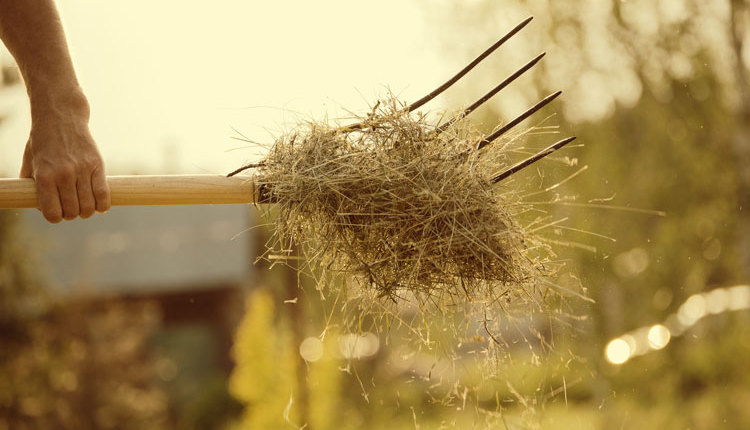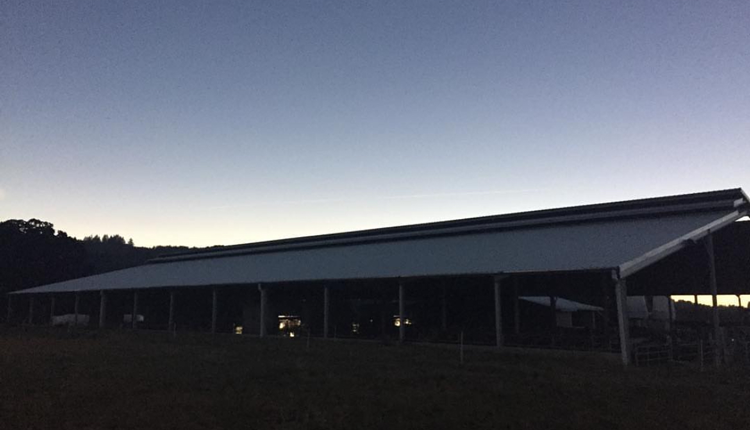A growing A.I. trend is literally changing the look of the U.S. dairy industry: Herds are becoming more colorful.
Black and white still dominates the landscape, but a gradual shift toward color is clearly underway. Breeding Holstein females to colored breed sires is a trend that has established a strong foothold on many dairies, and the resulting offspring already account for a sizeable amount of the nation's total milk production.
In her presentation at the recent High Plains Dairy Conference in Amarillo, Texas, American Jersey Cattle Association director of development Cherie Bayer said in 2009 an estimated 6.6 percent of dairy cows in the U.S. were identified as being in herds that were mixed. That number was higher than every breed except Holsteins and was 135 percent more than in 2000.
What's behind the cows with color trend? Bayer says the answer is easy: Multiple Component Milk Pricing adopted in Federal Marketing Orders in January 2000. "Dairy owners were looking at how they were going to be paid under that new system and were anticipating that increasing their production of milkfat and protein would increase their pay price," she explains.
Bayer says while there is no way to know exactly how many crossbred animals are out there, "we know it's a lot and we know it's growing. Crossbreds are a significant component of the total U.S. dairy herd today, and we expect continued growth in their numbers based upon how semen sales by breed have changed over the past decade."
Because the largest segment of growth in dairy product sales continues to be in manufactured products, more demand for milk with higher solids and protein is a trend that seems likely to continue.











